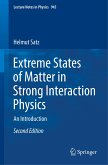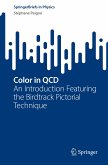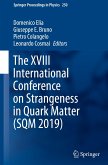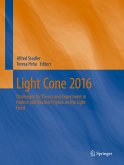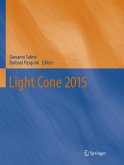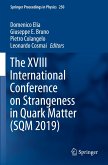This book introduces the traditional and novel techniques required to study the thermodynamic and transport properties of quark-gluon plasma. In particular, it reviews the construction of improved holographic models for QCD-like confining gauge theories and their applications in the physics of quark-gluon plasma. It also discusses the recent advances in the development of hydrodynamic techniques, especially those incorporating the effects of external magnetic fields on transport.
The book is primarily intended for researchers and graduate students with a background in quantum field theory and particle physics but who may not be familiar with the theory of strong interactions and holographic and hydrodynamic techniques required to study said interactions.
The book is primarily intended for researchers and graduate students with a background in quantum field theory and particle physics but who may not be familiar with the theory of strong interactions and holographic and hydrodynamic techniques required to study said interactions.


